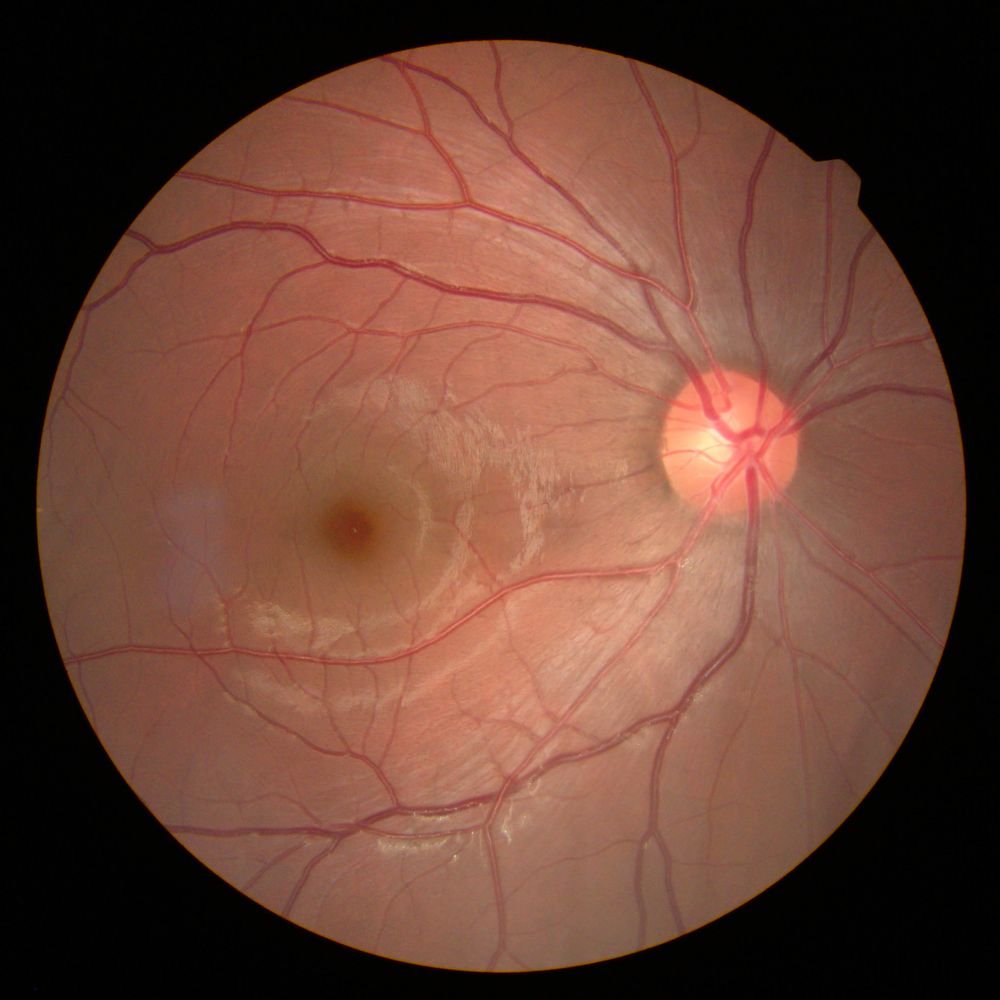A new way of administering drugs for wet age-related macular degeneration might be close.
Two studies by researchers at the University of Birmingham have shown that delivering drugs against the wet form of age-related macular degeneration (AMD) in the form of eyedrops might soon be possible in humans [1, 2].
What is age-related macular degeneration?
AMD is a pathology of the retina, which is a light-sensitive tissue located in the back of the eye and is similar to the film in a non-digital camera. Two-dimensional images are created on the retina and are subsequently transferred to the brain in the form of electrical neural impulses. Near the center of the retina is the macula, an oval-shaped region responsible for central, high-resolution, color vision. In AMD, the macula is damaged, impairing or preventing this kind of vision. AMD is progressive, but it cannot lead to total blindness, as it doesn’t affect peripheral vision. It comes in two forms, wet and dry, with the latter being overwhelmingly more common and, unfortunately, presently incurable. As the name suggests, the highest risk factor for AMD is age; the disease is usually observed only in patients over 50.









